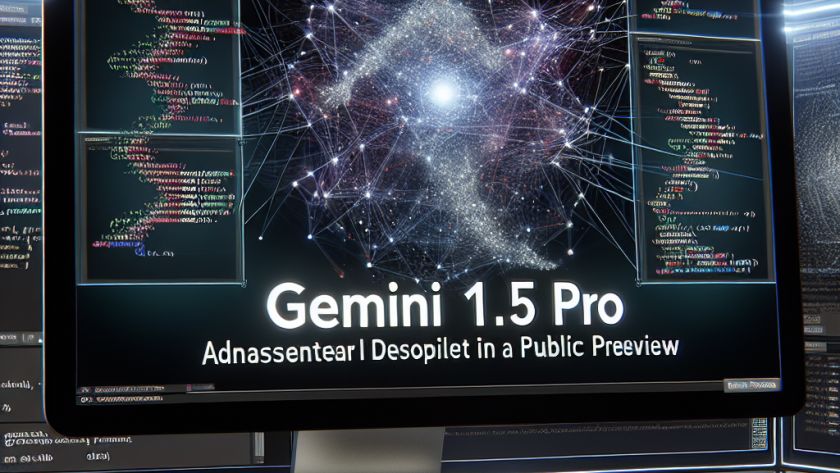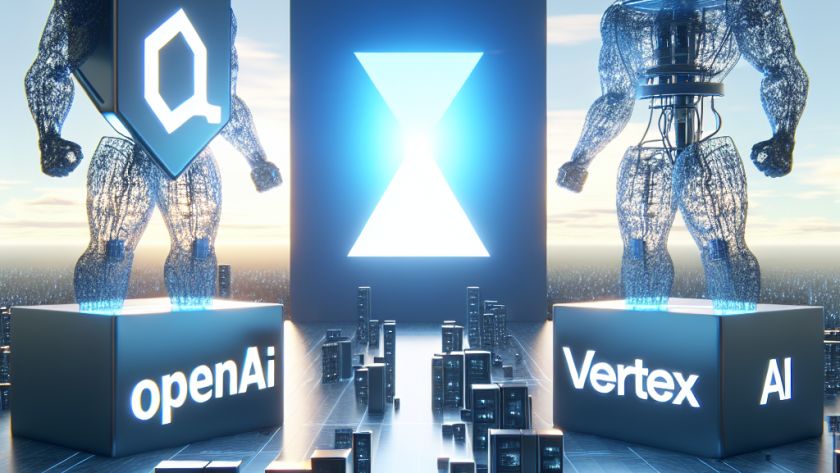Computer vision—a field that strives to connect textual semantics with visual imagery—often requires complex generative models, and has broad applications including improving digital art creation and design processes. A key challenge in this area is to produce high-quality images efficiently which match given textual descriptions.
In the past, computer vision research focused on foundational diffusion models…












